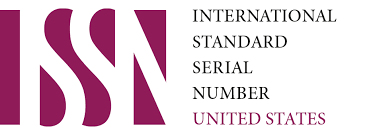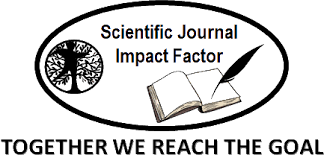I Selection Of Staff In The Internal Affairs Bodies Stages And Requirements Applied To It Distitutive Characteristics
Keywords:
personnel selection, internal affairs agenciesAbstract
Recruitment of employees to internal affairs agencies is important in ensuring law and order and public safety. The effectiveness of internal affairs agencies directly depends on the professional skills, personal qualities and moral stability of employees. The article examines the main aspects of recruitment of personnel to internal affairs agencies, including legislative requirements, selection stages, methods of candidate assessment, as well as difficulties that arise in the recruitment process. Particular attention is paid to psychological tests that check the level of physical fitness and develop the motivation of candidates
References
Mirziyoyev Sh.M. We will build our great future together with our brave and noble people. - T.: NMIU
"Uzbekistan", 2017. - 486 p.
Mirziyoyev Sh.M. Critical analysis, strict discipline and personal responsibility should be the daily
rule of each leader. - T.: NMIU "Uzbekistan", 2017. -103 p.
Order of the Ministry of Internal Affairs of the Republic of Uzbekistan dated July 12, 2017 No. 151
"On approval of the regulation on the procedure for organizing the activities of offense prevention
units of internal affairs bodies".
Asyamov S.V., Pulatov Yu.S. Professional and psychological training of employees of internal affairs
bodies. - T., 2002.
Martynenko A.V. Professional use of internal affairs agency software: criteria and methods. — M.:
Academy of the Ministry of Internal Affairs of the Russian Federation, 2020.
Smirnov Yu.I., Petrova E.N. Modern approaches to personnel management in the Ministry of Internal
Affairs system. // "Bulletin of the Ministry of Internal Affairs of Russia", 2021, No. 4.
Psychological training of law enforcement officers: A tutorial / Ed. by V. Semenov. — St. Petersburg:
Publishing house "Legal Center", 2019.
Orlov, V.N. Department of Personnel Policy and Internal Affairs. — M.: Science, 2018.
Downloads
Published
Issue
Section
License

This work is licensed under a Creative Commons Attribution-NonCommercial 4.0 International License.
User Rights
Under the Creative Commons Attribution-NonCommercial 4.0 International (CC-BY-NC), the author (s) and users are free to share (copy, distribute and transmit the contribution).
Rights of Authors
Authors retain the following rights:
1. Copyright and other proprietary rights relating to the article, such as patent rights,
2. the right to use the substance of the article in future works, including lectures and books,
3. the right to reproduce the article for own purposes, provided the copies are not offered for sale,
4. the right to self-archive the article.












